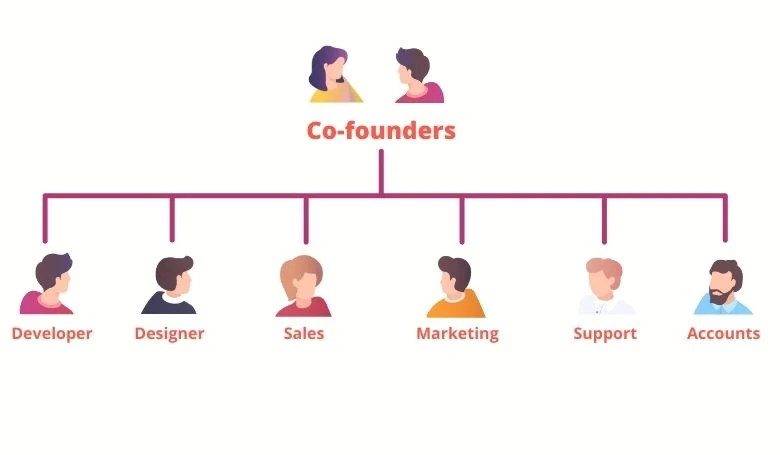
Unveiling the Layers: Understanding the Breakdown of a Startup Structure
Unveiling the Layers: Understanding the Breakdown of a Startup Structure https://theraise.eu/wp-content/uploads/2023/12/Startup-Org.webp 780 455 RAISE fosters startup growth and scale-up within and across Europe RAISE fosters startup growth and scale-up within and across Europe https://theraise.eu/wp-content/uploads/2023/12/Startup-Org.webpIn the vibrant world of business, startups stand as beacons of innovation, often characterized by their agility and fresh ideas. But have you ever wondered how these dynamic entities are structured? Let’s peel back the layers and explore the decomposition of a startup structure in simple terms.
The Foundation: Founders and Leadership Team
At the heart of every startup are its founders – the visionaries who bring an idea to life. These individuals form the core leadership team, steering the company toward its goals. Often, this team includes roles such as the CEO (Chief Executive Officer), CTO (Chief Technology Officer), and CFO (Chief Financial Officer).
The Framework: Departments and Teams
Imagine a startup as a puzzle, where each piece plays a crucial role. In the startup structure, different departments and teams represent these puzzle pieces. Common departments include:
- Product Development: This team focuses on creating and refining the product or service that the startup offers.
- Marketing and Sales: Responsible for spreading the word about the product and turning interested parties into customers.
- Operations: Handling the day-to-day activities that keep the company running smoothly.
- Finance: Managing the money matters, from budgeting to financial planning.
- Human Resources: Taking care of the people who make the startup tick, from hiring to employee well-being.
Flexibility and Adaptability: The Startup Ecosystem
Unlike larger, more established companies, startups thrive on adaptability. The startup structure is designed to be flexible, allowing for quick adjustments to meet evolving needs. This flexibility enables startups to navigate uncertainties and seize new opportunities swiftly.
The Role of Investors: Fueling Growth
Investors play a vital role in the startup ecosystem. They provide the financial fuel that propels the company forward. In return, investors often receive equity in the startup, hoping that the company’s value will grow over time.
Challenges and Growth: Learning from Failures
In the journey of a startup, challenges are inevitable. Failures can be seen as learning opportunities, pushing the company to evolve and improve. The startup structure allows for experimentation and iteration, fostering a culture of resilience and continuous growth.
A Living Organism
In essence, a startup is like a living organism, with each part working in harmony to achieve a common goal. The decomposition of a startup structure reveals a dynamic and interconnected network of roles, departments, and teams. It’s a testament to the entrepreneurial spirit, where innovation, adaptability, and collaboration come together to create something new and impactful in the business landscape.
Photo via Functionly
- Posted In:
- Startup News




